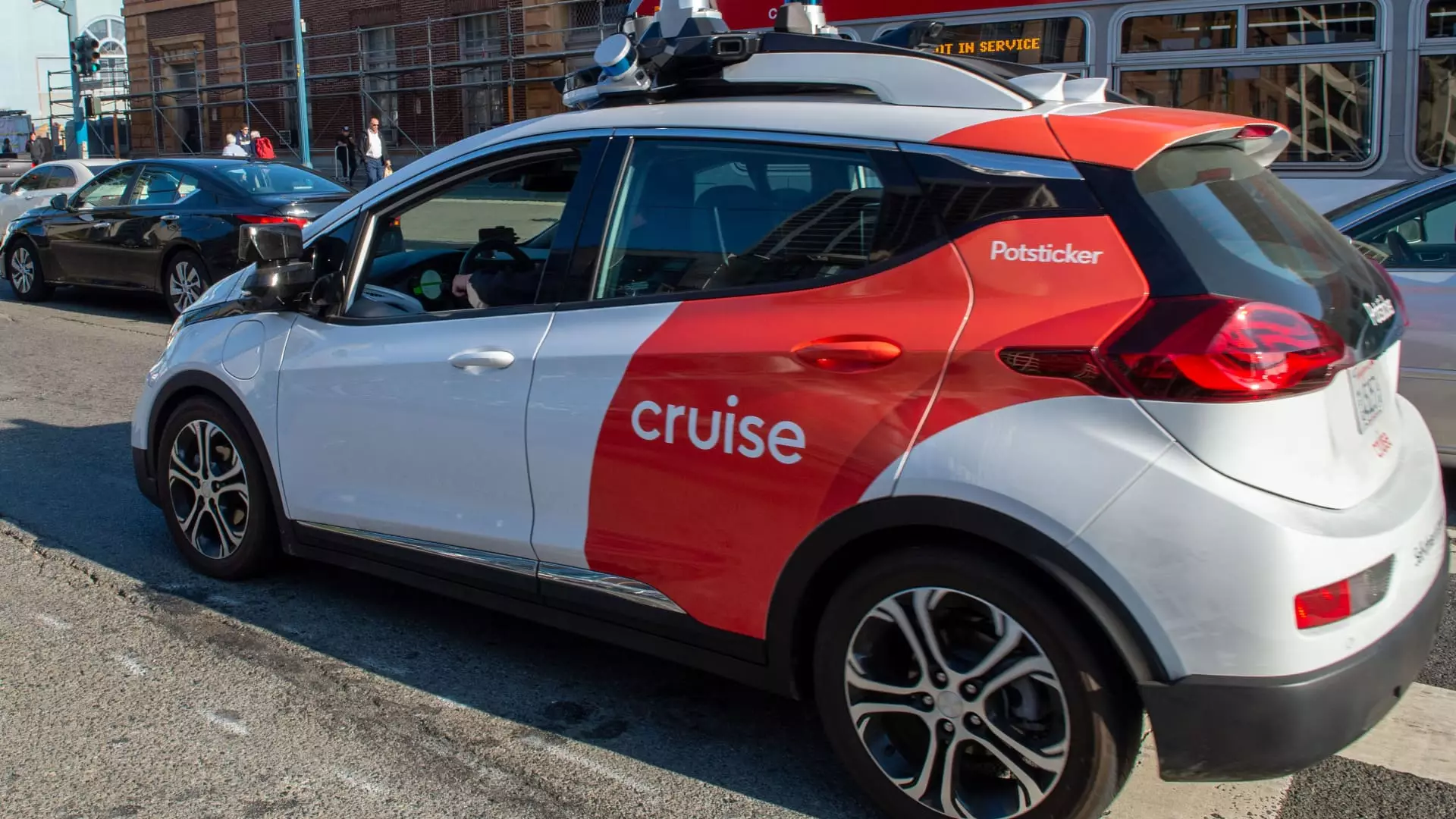General Motors (GM) has recently made headlines for its significant restructuring within the Cruise division, the autonomous vehicle subsidiary that the company has heavily invested in. Following the decision to halt funding this ambitious project after a staggering investment of over $10 billion since its acquisition in 2016, GM is now setting a new course for Cruise. This transition involves laying off approximately fifty percent of Cruise’s remaining workforce, which, as of last year, stood at around 2,300 employees. The company’s statement on this difficult decision indicates a shift in focus from the ride-hailing model to producing personal autonomous vehicles that align more closely with GM’s long-term strategy.
The layoff announcement reflects a broader trend observed in the tech and automotive industries, where ambitious projects often face scrutiny and reevaluation. This is especially relevant in the rapidly evolving landscape of autonomous technologies where feasibility and regulatory challenges continually force companies to reconsider their strategies. In this case, GM’s pivot away from the ride-hail business is a clear indication of the challenges that Cruise faced, including regulatory hurdles and operational inefficiencies that have overshadowed its ambitious plans.
The Reasons Behind the Cuts
In an internal communication, Craig Glidden, Cruise’s President and Chief Administrative Officer, elaborated on the rationale behind cutting the workforce. He noted that the decision stemmed from a strategic pivot that aims to shift resources towards meeting consumer needs rather than pursuing the ride-hailing market. The autonomy landscape is fraught with obstacles, including public skepticism and regulatory scrutiny, which must be navigated carefully to gain consumer trust and approval. By narrowing its focus, GM hopes to enhance its competitive edge in the emergent market for personal autonomous vehicles.
The job cuts have not come without concern for the affected employees. Cruise has committed to offering severance packages that include eight weeks of pay, with additional compensation for longtime employees. This demonstrates some level of accountability and care towards former staff members as the company attempts to navigate this turbulent transition. However, the emotional toll on those losing their jobs cannot be understated and raises questions about employee morale and corporate responsibility in rapidly changing industries.
In addition to workforce reductions, the restructuring will see the departure of senior leadership figures within Cruise, including the CEO and other key executives. Such significant changes at the top could signal an urgent need for a cultural shift within the organization. The recent layoff news and executive exits raise critical questions about leadership effectiveness, vision, and the company’s ability to navigate future challenges.
Cruise’s recent past has been marred by controversies and internal issues that have flagged regulatory oversights and ineffective management. A third-party investigation that followed a severe accident involving a Cruise robotaxi shed light on these problems, highlighting a culture that may have hindered transparency and accountability. Addressing these leadership challenges will be paramount if Cruise intends to regain its footing in an industry that is not only competitive but also heavily scrutinized.
As GM seeks to repurpose Cruise for a future dominated by personal autonomous vehicles, the path ahead will be anything but easy. The shift in focus is likely a strategic response to industry pressures and regulatory uncertainties that have plagued the autonomous vehicle sector. Despite the setbacks, GM’s long-term investment and commitment to innovation in this space remain firm.
The fallout from these layoffs illustrates a pivotal moment that serves as both a warning and an opportunity for innovation in the industry. The trauma of significant job cuts and leadership transitions could open doors for a leaner, more focused approach to developing viable autonomous solutions. The real test for GM and Cruise will be whether this restructuring can foster a resilient environment that encourages innovation while addressing the pressing concerns underscored by the recent controversies.
As General Motors embarks on a new chapter with Cruise, the implications of these layoffs and strategic decisions resonate throughout the automotive and tech industries. The need for adaptability and transparency is more critical than ever in the quest for autonomy in transportation, making it vital for Cruise—and its parent company—to learn from past missteps to foster a brighter future.

